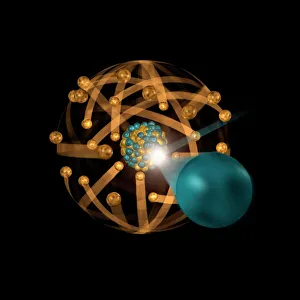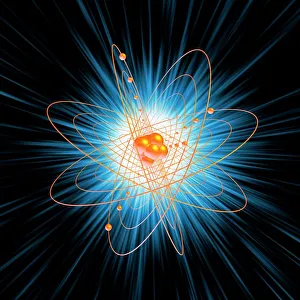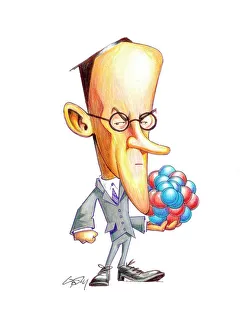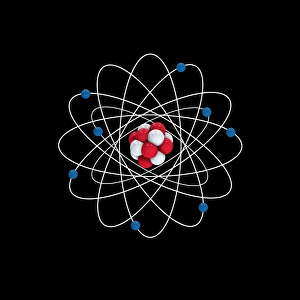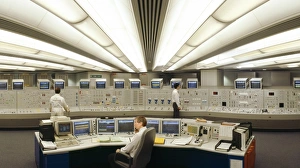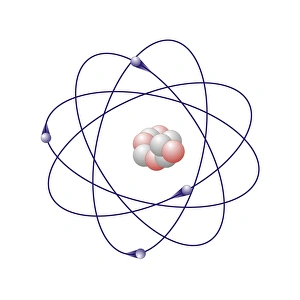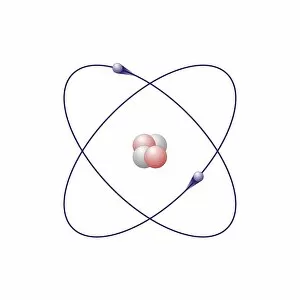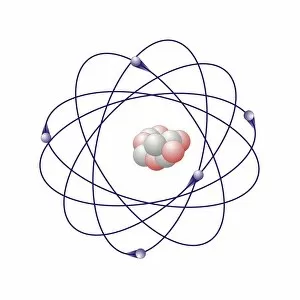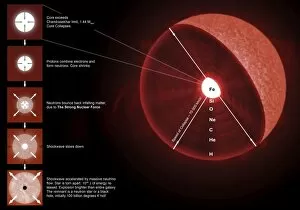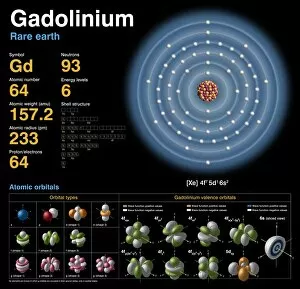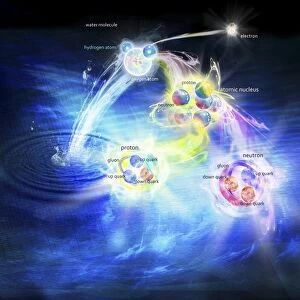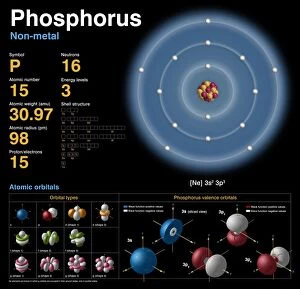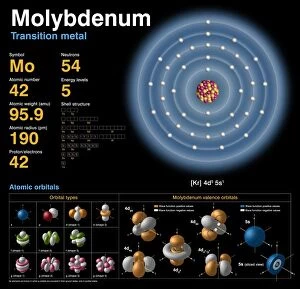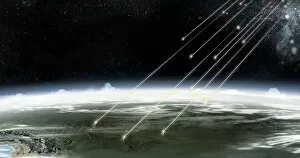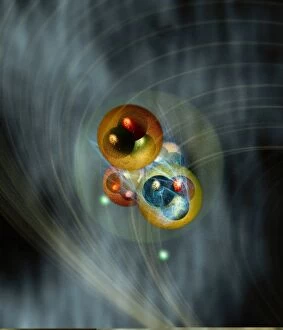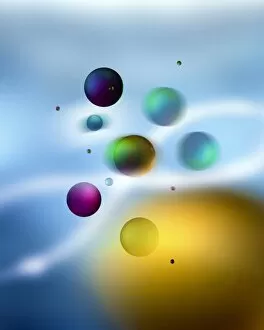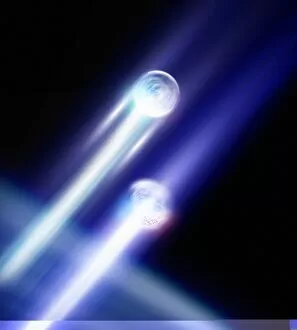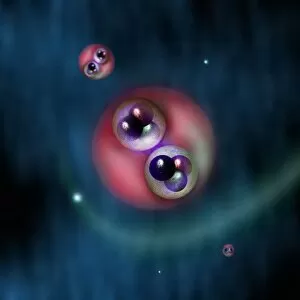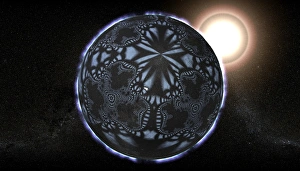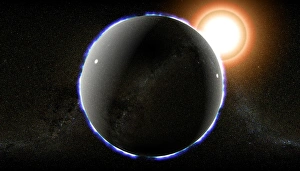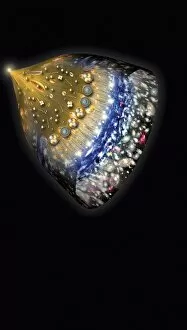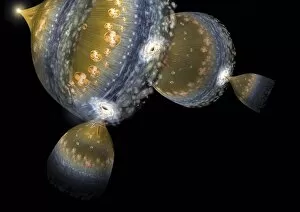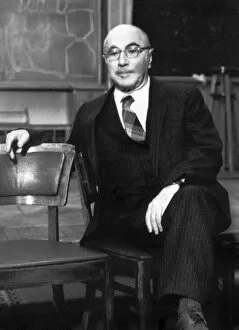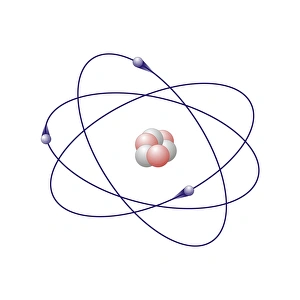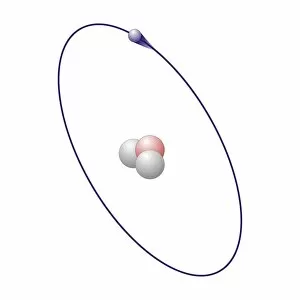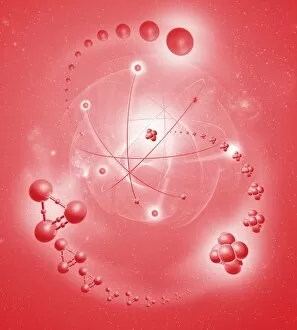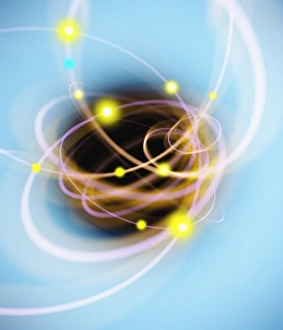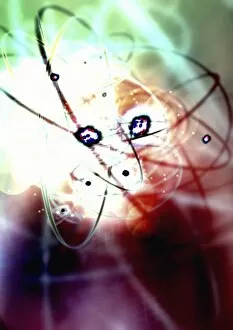Neutrons Collection
"Unveiling the Hidden Heroes: Neutrons in Nuclear Fission Artwork" In this captivating artwork
All Professionally Made to Order for Quick Shipping
"Unveiling the Hidden Heroes: Neutrons in Nuclear Fission Artwork" In this captivating artwork, the intricate world of atomic structure comes to life as we delve into the realm of neutrons. Discovered by James Chadwick, a brilliant British physicist, these enigmatic particles play a crucial role in shaping our understanding of the universe. The canvas showcases an exquisite portrayal of oxygen's atomic structure, its electrons gracefully orbiting around a nucleus composed of protons and neutrons. Just beyond it, we catch a glimpse of Sizewell B Power Station's control room, where skilled operators harness the power generated through nuclear fission. Moving further into this mesmerizing composition, we encounter beryllium's atomic model with its neatly arranged protons and neutrons forming a stable core. Helium follows suit with its two protons and two neutrons tightly bound together - an element that brings joy to countless balloons and stars alike. As our journey continues, boron's atomic model takes center stage; its unique arrangement symbolizes both strength and versatility. We are then transported to witness the final stages in the life cycle of a massive star on the verge of going supernova – an awe-inspiring spectacle fueled by intense nuclear reactions involving these resilient particles. Rutherfordium emerges next with its complex atomic structure challenging our imagination. Named after Ernest Rutherford himself - one of history's greatest physicists - this element represents humanity's relentless pursuit for knowledge at the forefront of scientific discovery. Through this remarkable artwork, we are reminded that while often unseen or overlooked, neutrons hold immense significance within atoms' delicate dance. They bind nuclei together through their strong force and enable us to unlock unimaginable energy from within matter itself. Let us celebrate these unsung heroes whose existence shapes not only our understanding but also paves the way for groundbreaking advancements in science and technology.

